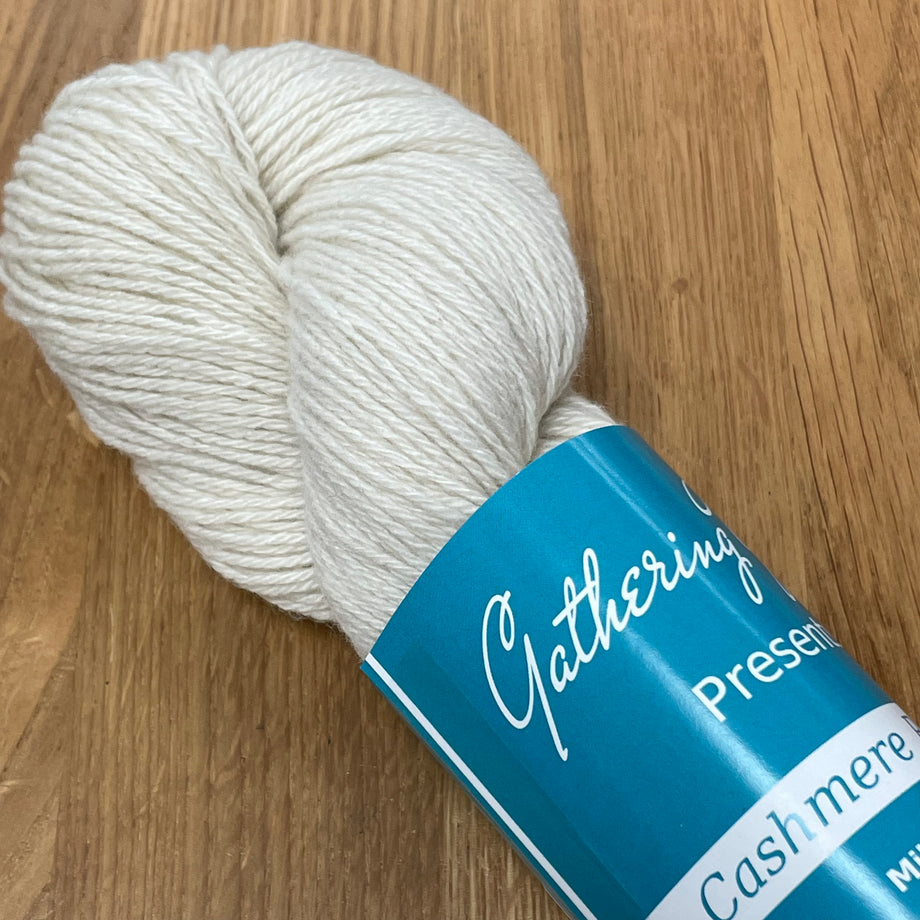The Intriguing Process Behind Producing cashmere Fibre and Its Uses
The Intriguing Process Behind Producing cashmere Fibre and Its Uses
Blog Article
Checking Out the Various Kinds of Cashmere an All-natural Fiber for Ultimate Deluxe
Cashmere, a natural fiber, is typically associated with deluxe and convenience. The more budget friendly Chinese cashmere, the traditional Scottish variant, and the premium Italian mix, all inform a different story of this amazing fiber.
Recognizing the Elegant Nature of Cashmere
Cashmere, typically related to luxury and comfort, holds an unique appeal on the planet of natural fibers. This soft, light-weight product is fancied for its extraordinary warmth and exceptional toughness. Unlike various other all-natural fibers, cashmere combines insulation with breathability, supplying unrivaled comfort across differing temperatures. Its lustrous finish and soft texture contribute to its high-end charm, justifying the costs rate that typically comes with cashmere garments. Additionally, cashmere's integral wrinkle resistance and flexibility boost its worth, making it a favored option for costs clothing and accessories. Despite its fragile look, cashmere has an unexpected resilience, able to retain its shape and glamorous feeling with time. This unique mix of characteristics seals cashmere's setting as a symbol of sophistication and indulgence.
Just What Is Cashmere and Where Does It Come From?

Cashmere is acquired from the soft undercoat of cashmere goats, mainly found in Mongolia, China, Iran, and Afghanistan. This careful process adds to the scarcity and high price of cashmere. With its origin in the harsh landscapes of Asia, cashmere is a testament to nature's capacity to generate luxury from adversity.
Decoding the Different Sorts Of Cashmere
Comprehending the different kinds of cashmere is vital to valuing the high quality and one-of-a-kind characteristics of this elegant material. Typically, cashmere is classified right into three kinds: raw, virgin, and reused. Raw cashmere is straight obtained from the goat and is unrefined. This type usually has impurities such as dirt and coarse hair. Virgin cashmere, on the various other hand, is the pure, unrecycled product that is spun right into yarn for the first time. It is the softest and most elegant. Lastly, recycled cashmere is made from virgin product that has actually been formerly made use of. It is re-spun and utilized in creating lower-cost cashmere items. Decoding these kinds is the first step in understanding the exclusivity and value of cashmere.

The Distinct Characteristics of Each Kind of Cashmere
Having discovered the different classifications of cashmere, it ends up being obvious that each type boasts its distinct set of qualities. Mongolian cashmere, for example, is renowned for its premium high quality, due to Mongolia's rough winters that create longer and finer fibers. Conversely, Chinese cashmere is often much more budget-friendly, though its shorter fibers can decrease toughness. Scottish cashmere is commemorated for its elegant soft qualities, an outcome of the conventional water cleaning process using Scotland's soft water. Italian cashmere, on the other hand, is famous for its skillful blending and coloring methods, making it vivid and versatile. Indian cashmere, likewise understood as Pashmina, is cherished for its hop over to these guys amazing lightness and heat. Each kind, therefore, contributes to the textile's credibility for high-end.
Why Cashmere Is the Epitome of Luxury in Fashion
Cashmere holds a prestigious placement in the world of style, regarded as a symbol of high-end and sophistication (is cashmere a natural fiber). Cashmere is obtained from the great undercoat of Himalayan goats, understood for their superior high quality fiber. Cashmere's unrivaled comfort and durability make it an in-demand product in the creation of high-end garments.
The Refine of Making Cashmere: From Goat to Garment
The journey of cashmere, from being an undercoat of a Himalayan goat to an extravagant garment, is a complex one. With the advent of spring, farmers in Mongolia and China accumulate the wool by combing the goats, making sure no damage is done. The obtained woollen consists of coarse outer hair and soft downy undercoat. This mix is after that fastidiously separated, with only the soft down utilized for cashmere. This raw cashmere is washed, colored and spun into thread. The yarn is then woven or weaved right into materials. The last step includes cleaning and pushing to provide the material its characteristic soft qualities and warmth. From goat to garment, each action is a testimony to the virtuosity, skill and patience entailed in crafting cashmere.

Verdict
In conclusion, cashmere, with its all-natural beauty and unparalleled convenience, rules supreme in the globe of high-end fashion. The diversity in types, varying from the soft Mongolian, lightweight Indian Pashmina, budget-friendly Chinese, typical Scottish, to the colorful Italian, reveals the convenience of this all-natural fiber. The meticulous process of transforming it from a goat to a garment even more includes in its exclusivity, making cashmere the epitome of class and deluxe.
Cashmere, a natural fiber, is typically connected with high-end and comfort (is cashmere pop over to this site a natural official website fiber).Cashmere, typically linked with luxury and comfort, holds a distinct allure in the globe of all-natural fibers. Unlike various other natural fibers, cashmere combines insulation with breathability, using unmatched comfort across varying temperatures. Cashmere is obtained from the soft undercoat of cashmere goats, mostly located in Mongolia, China, Iran, and Afghanistan. Cashmere is acquired from the fine undercoat of Himalayan goats, understood for their superior high quality fiber
Report this page